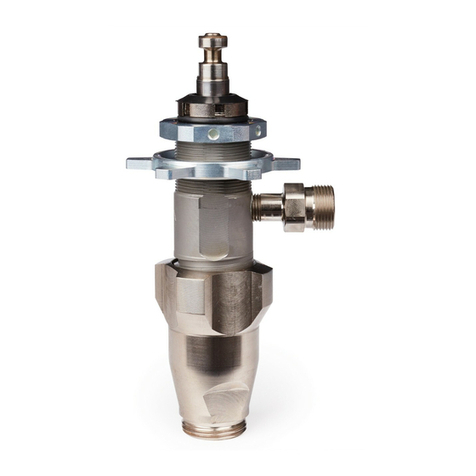Graco President A Series Operation manual
Other Graco Water Pump manuals
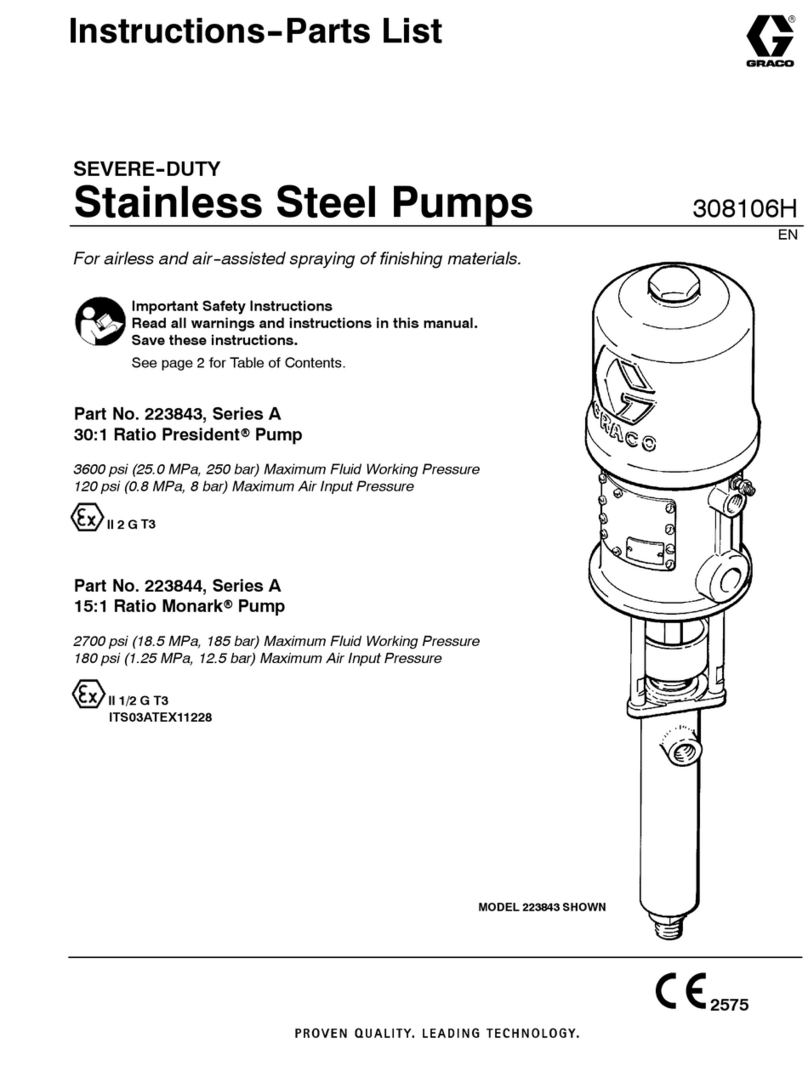
Graco
Graco 223843 User manual

Graco
Graco Modu-Flo AL-5M User manual
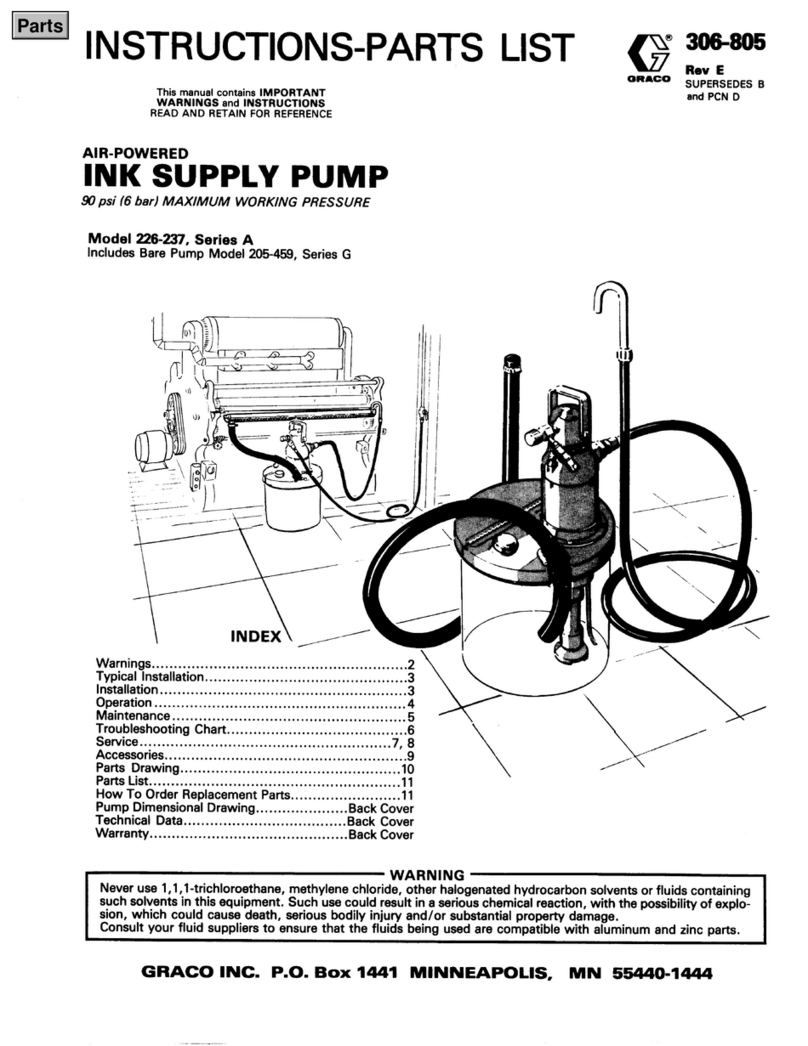
Graco
Graco 226-237 Series User manual

Graco
Graco Foam-Cat Series Operation manual
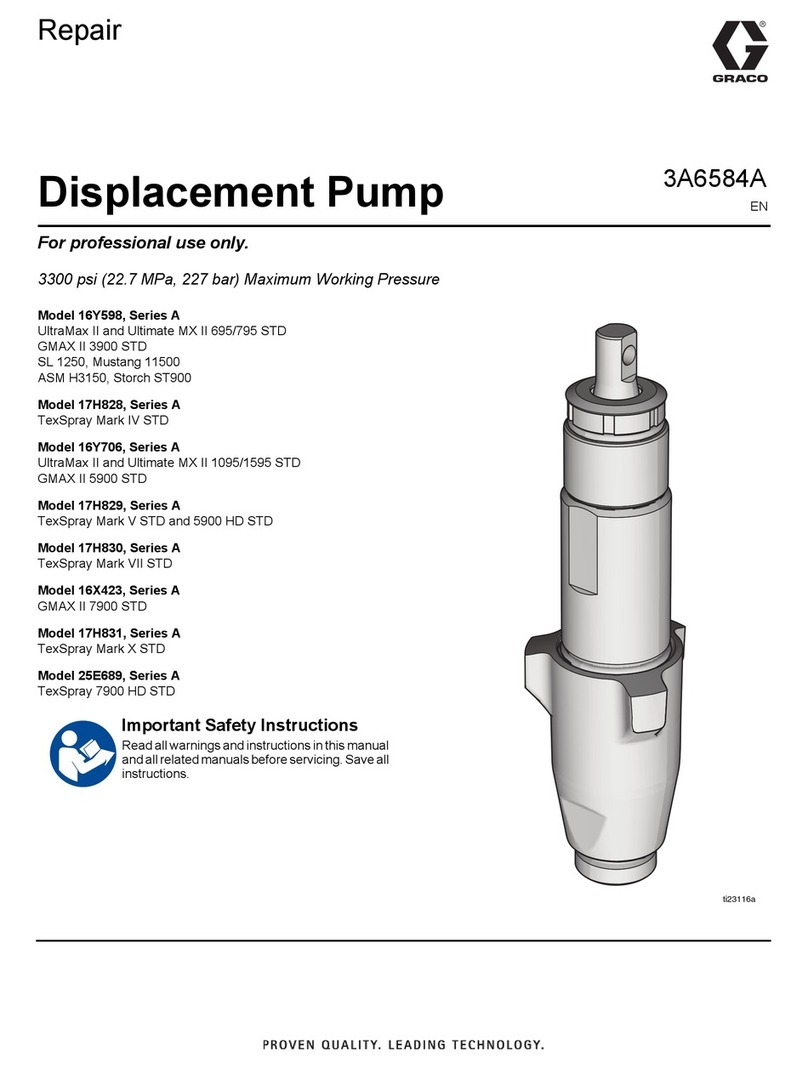
Graco
Graco Series A Operating instructions
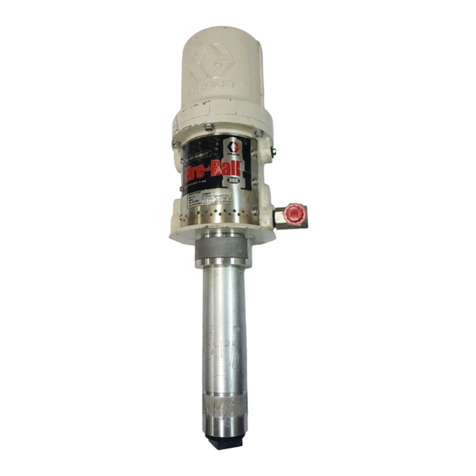
Graco
Graco Mini Fire-Ball 246775 User manual

Graco
Graco 24V641 User manual
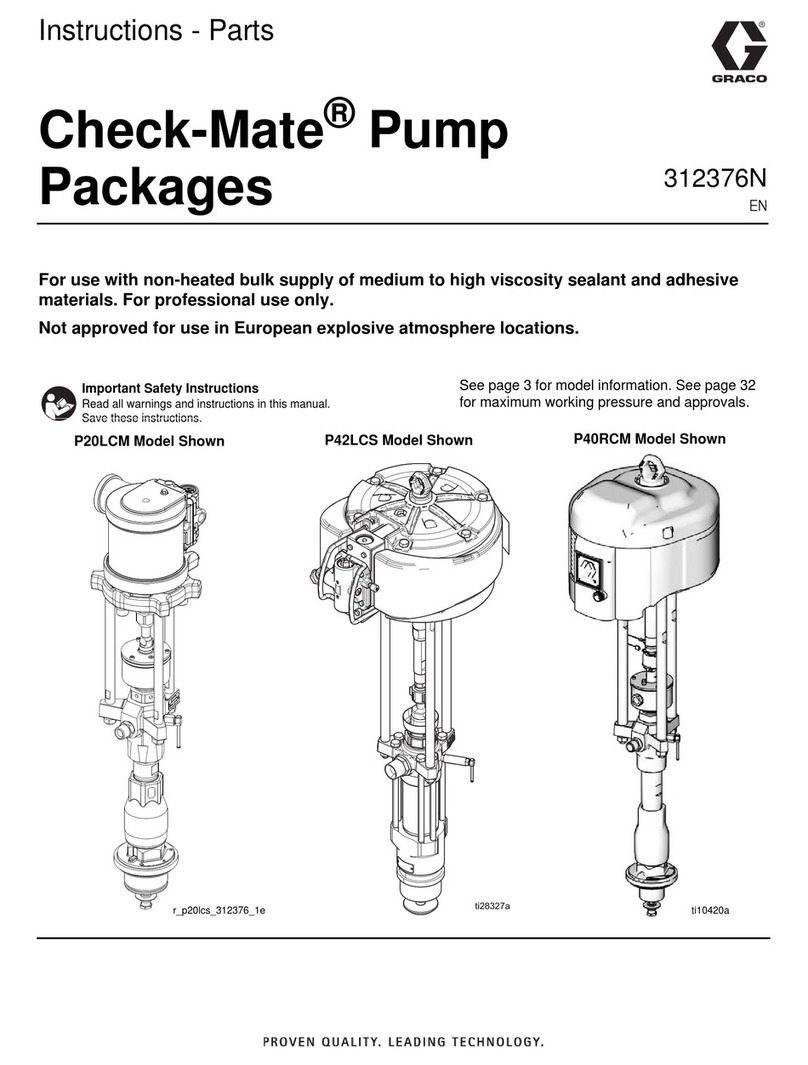
Graco
Graco Check-Mate P20LCM User manual
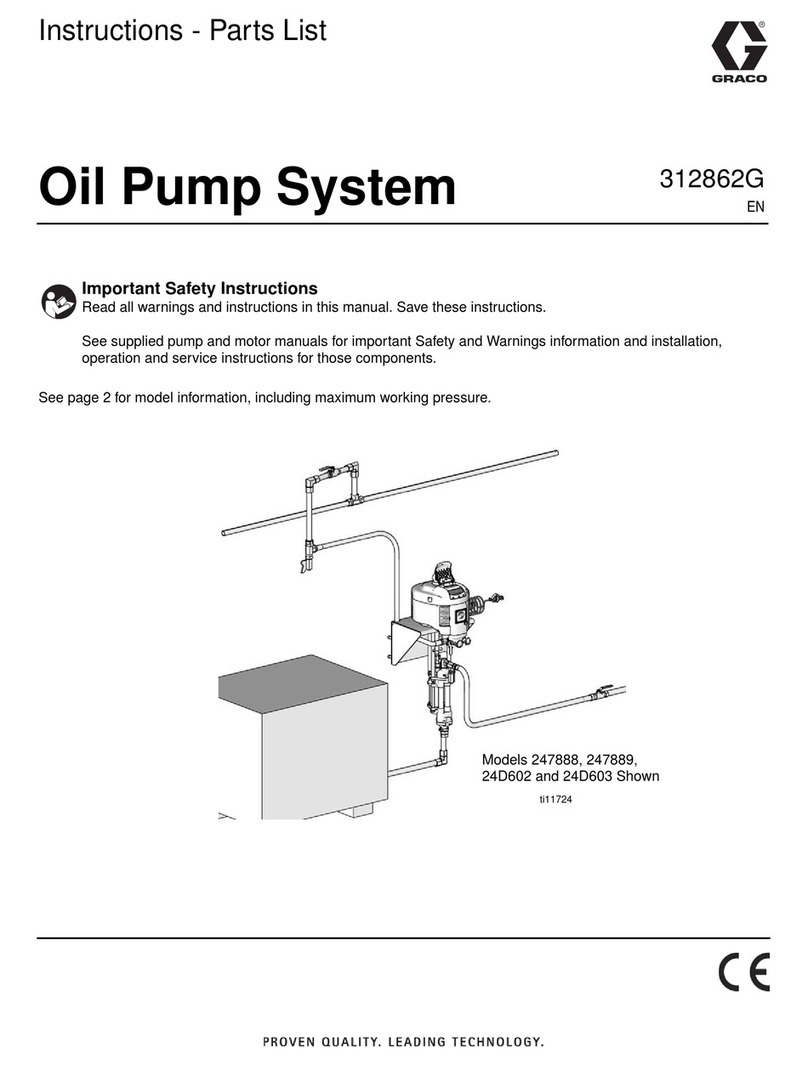
Graco
Graco 247888 Operation manual
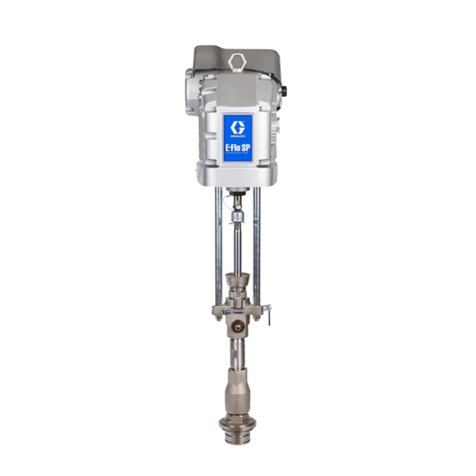
Graco
Graco E-Flo SP User manual
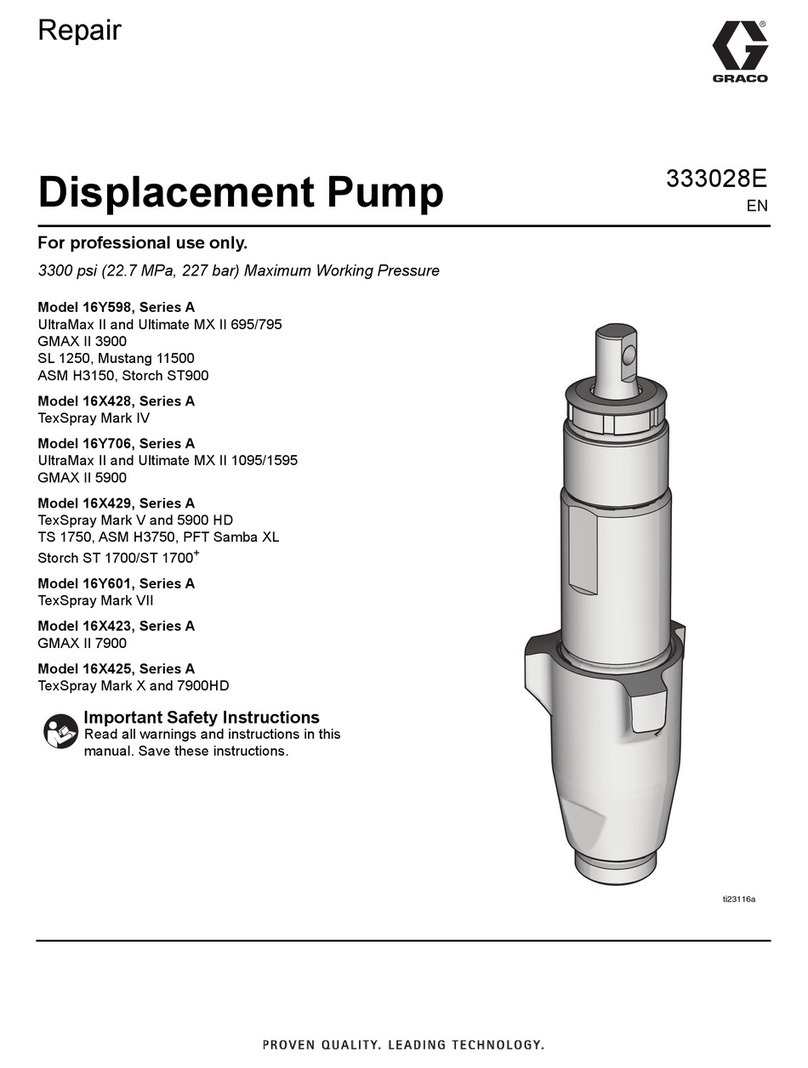
Graco
Graco 16Y598 Operating instructions
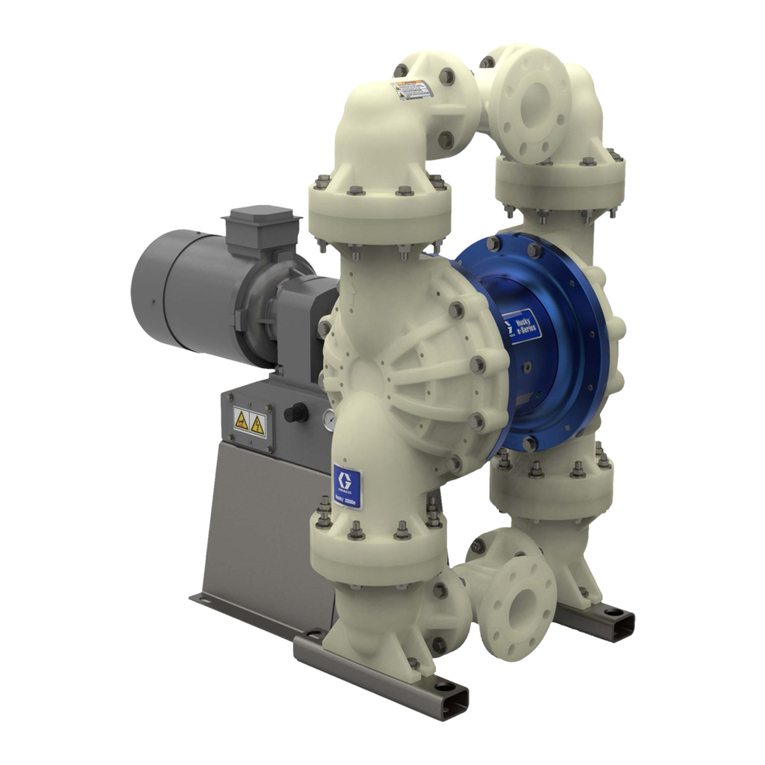
Graco
Graco Husky 3300e Instruction Manual

Graco
Graco Husky 2150e Use and care manual

Graco
Graco Dura-Flo 2400 User manual

Graco
Graco Series A User manual
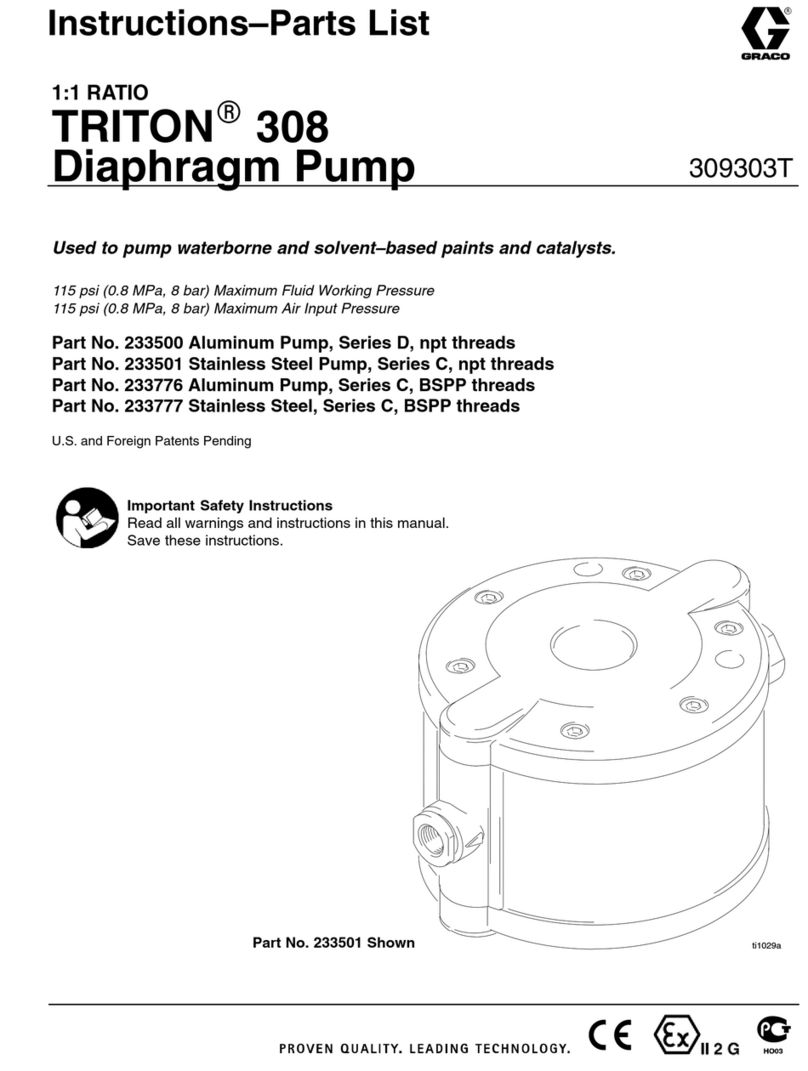
Graco
Graco 233776 User manual
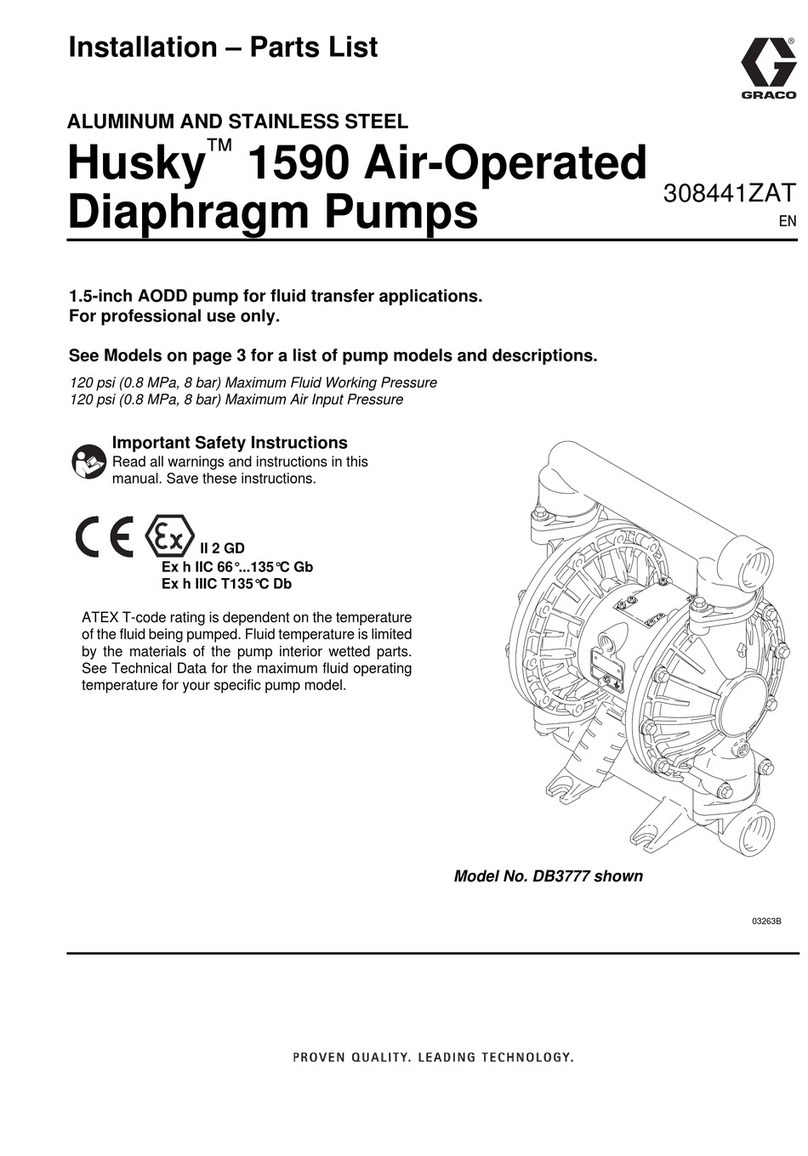
Graco
Graco Husky 1590 DB3777 User manual
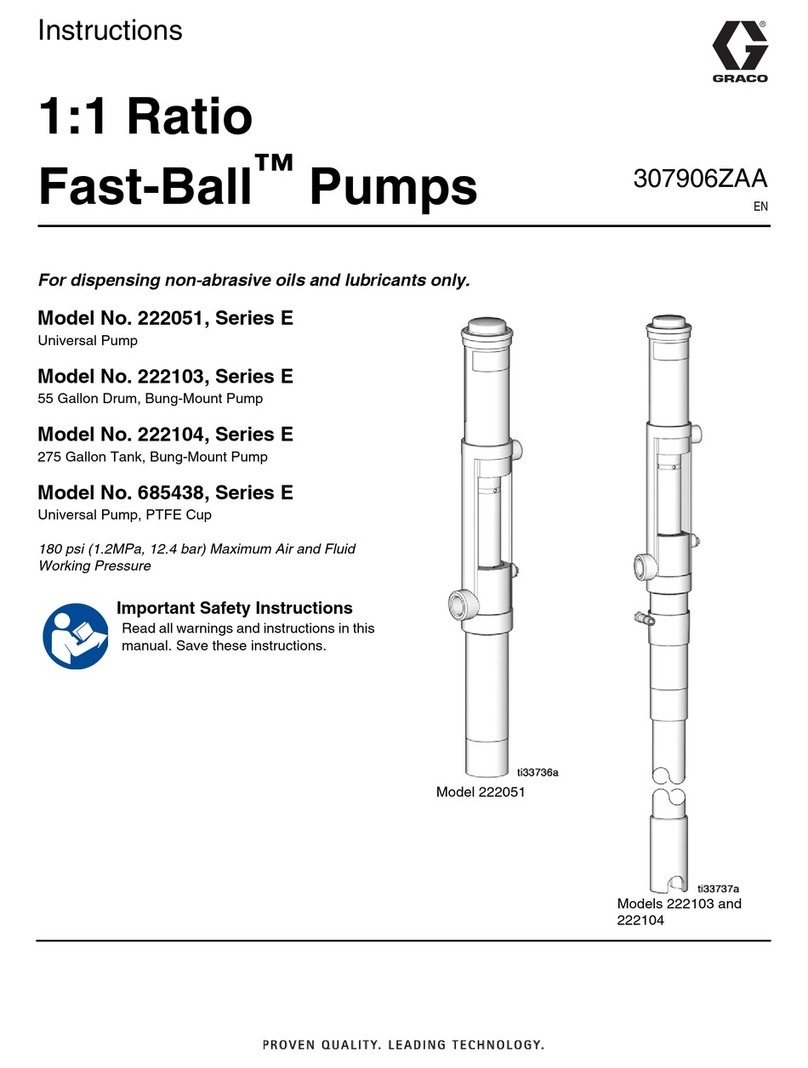
Graco
Graco Fast-Ball 222103 User manual
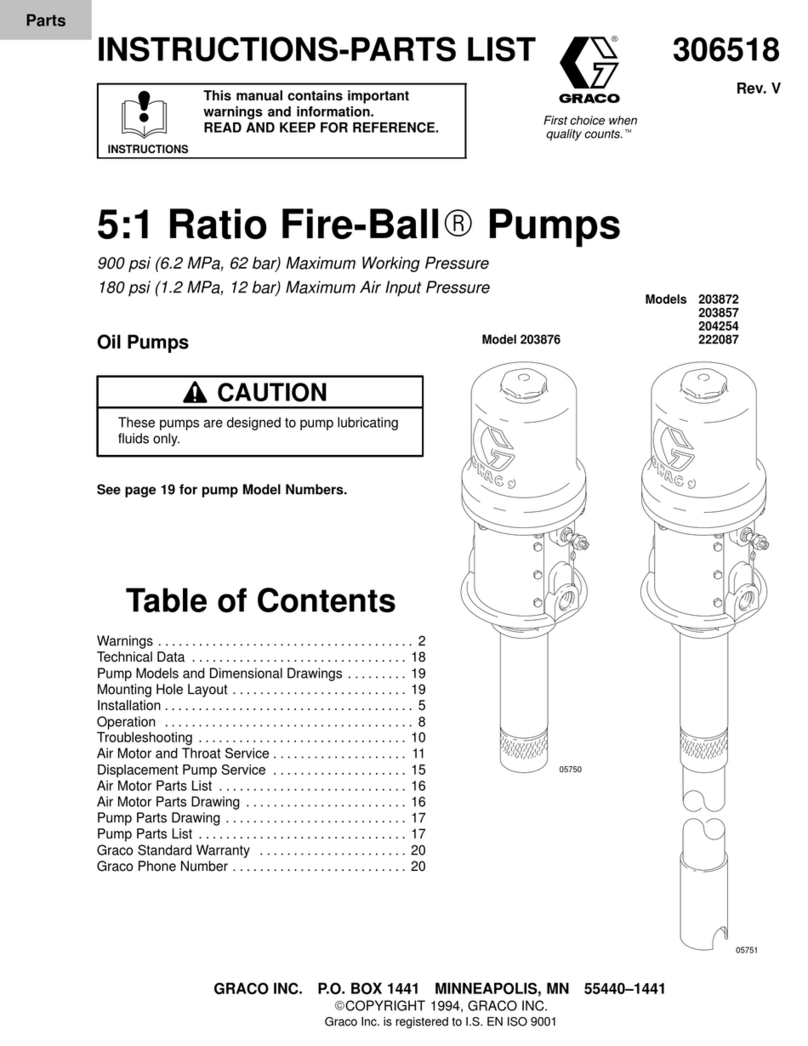
Graco
Graco 203872 Operation manual
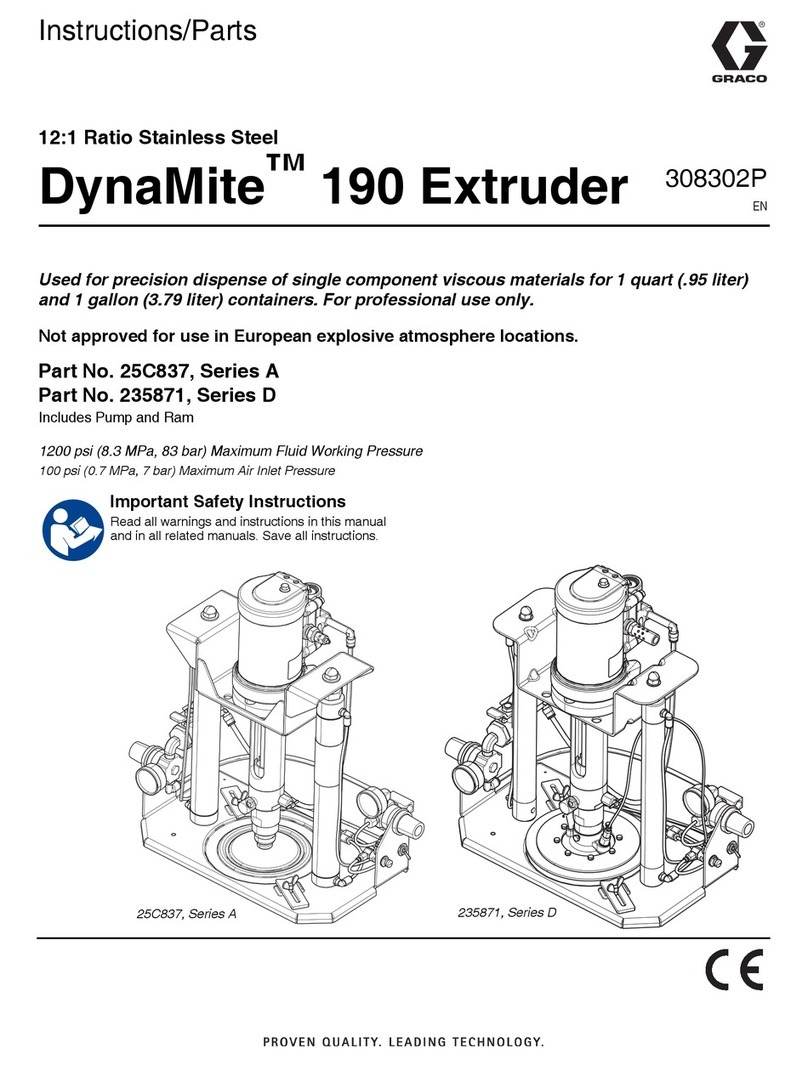
Graco
Graco 25C837 Parts list manual
Popular Water Pump manuals by other brands

Watershed Innovations
Watershed Innovations HYDRAPUMP SMART FLEX Instructional manual

Messner
Messner MultiSystem MPF 3000 operating instructions
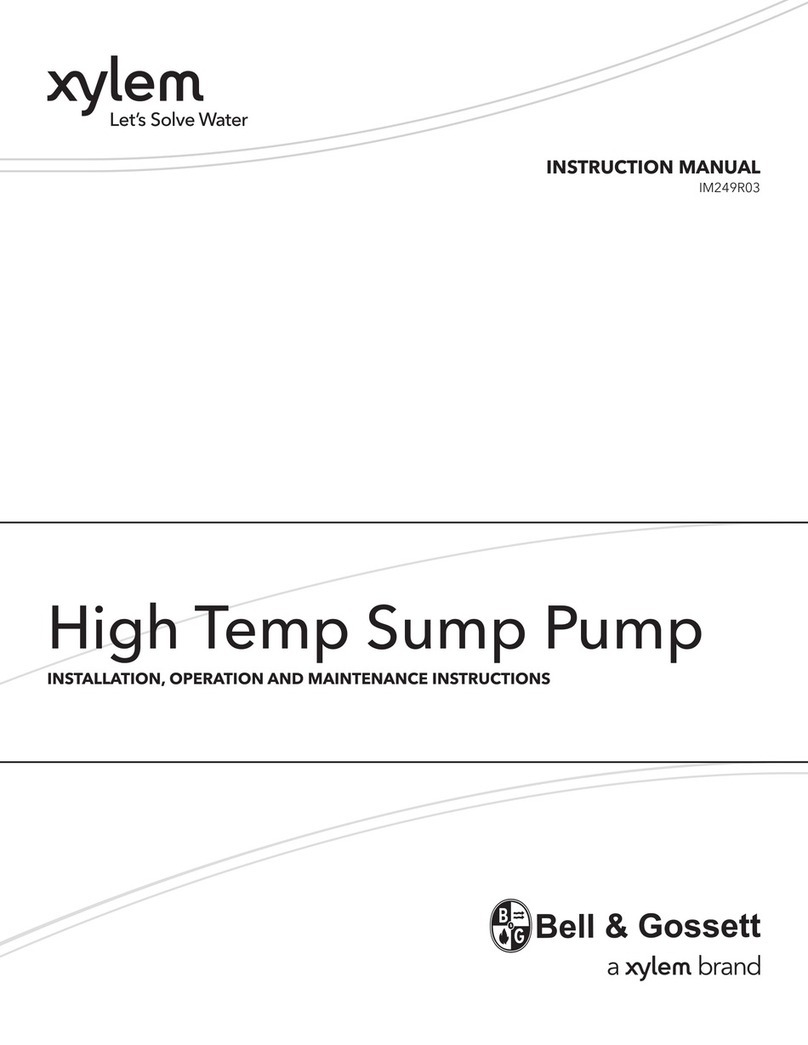
Xylem
Xylem Bell & Gossett WEHT0311M Installation, operation and maintenance instructions

WilTec
WilTec 50739 Operation manual

Franklin Electric
Franklin Electric Little Giant 555702 HRK-360S instruction sheet
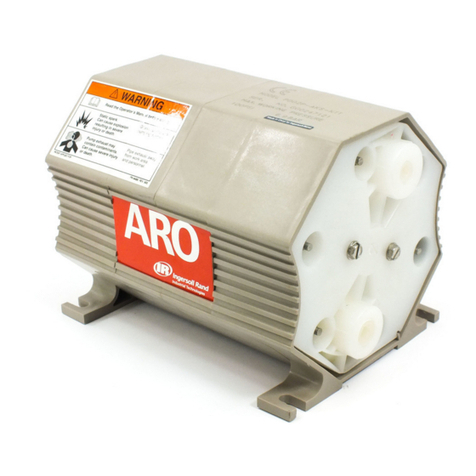
Ingersoll-Rand
Ingersoll-Rand PD02P Series Operator's manual
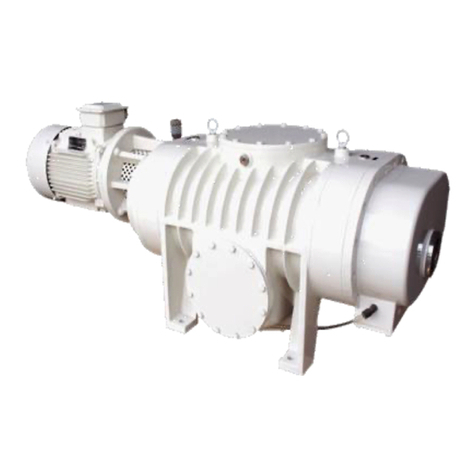
VS
VS ZJ Series Operating instruction
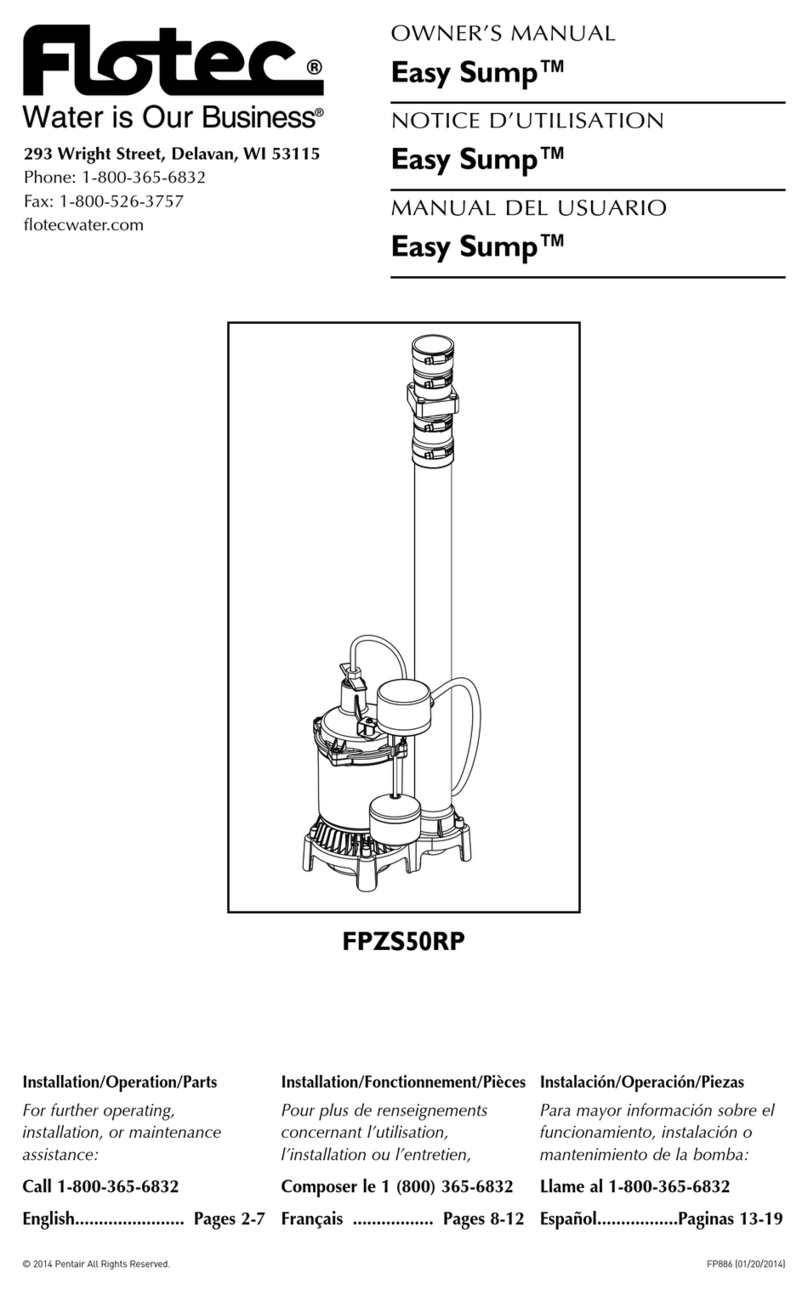
Flotec
Flotec FPZS50RP owner's manual

SKF
SKF Lincoln FlowMaster II User and maintenance instructions
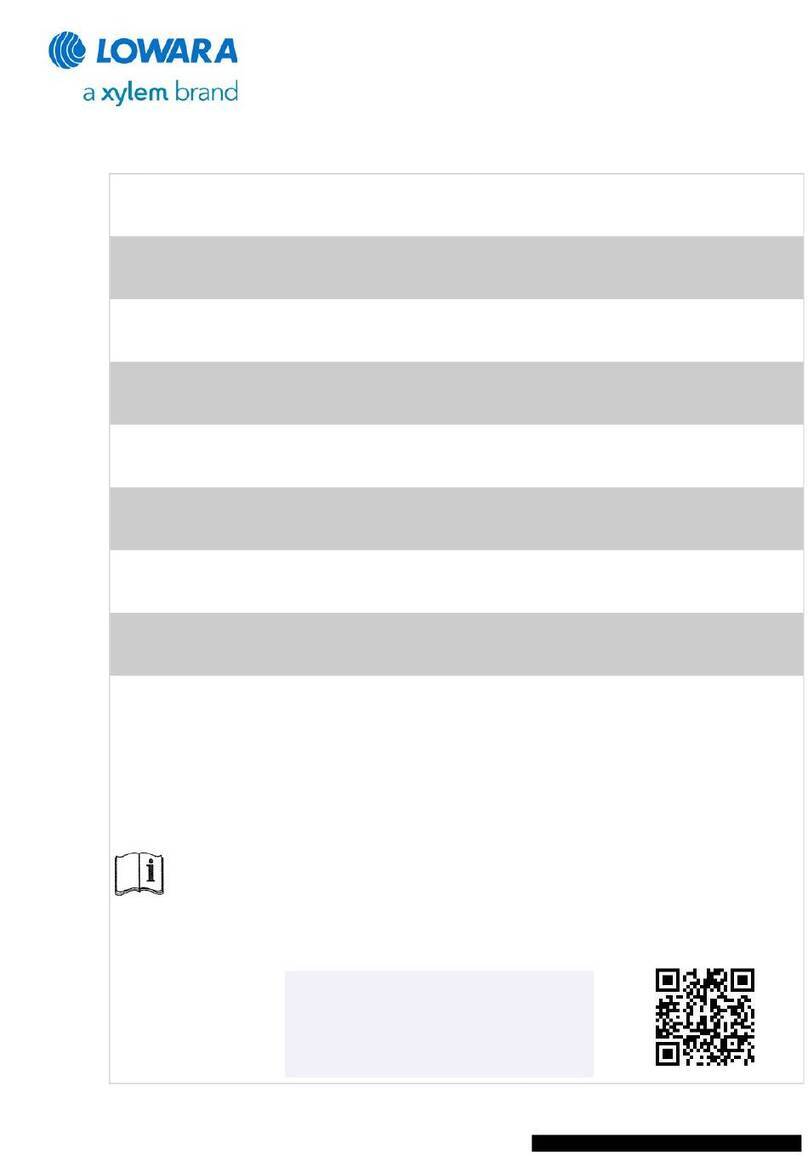
Xylem
Xylem Lowara LSB Series Installation, operation and maintenance instructions

Water
Water Duro Pumps DCJ500 Operating & installation instructions
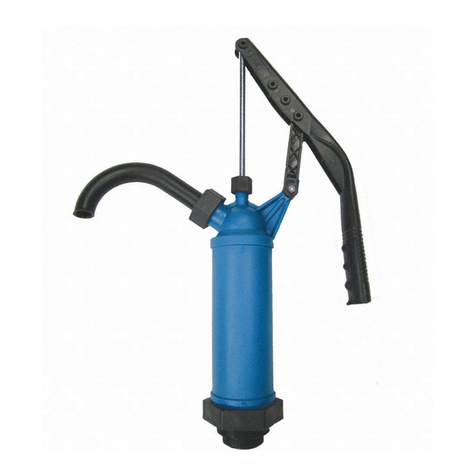
Action
Action P490 Operating instructions & parts manual

Flo King
Flo King Permacore Reusable Carbon Bag Disassembly. & Cleaning Instructions

ARO
ARO ARO PD15P-X Operator's manual
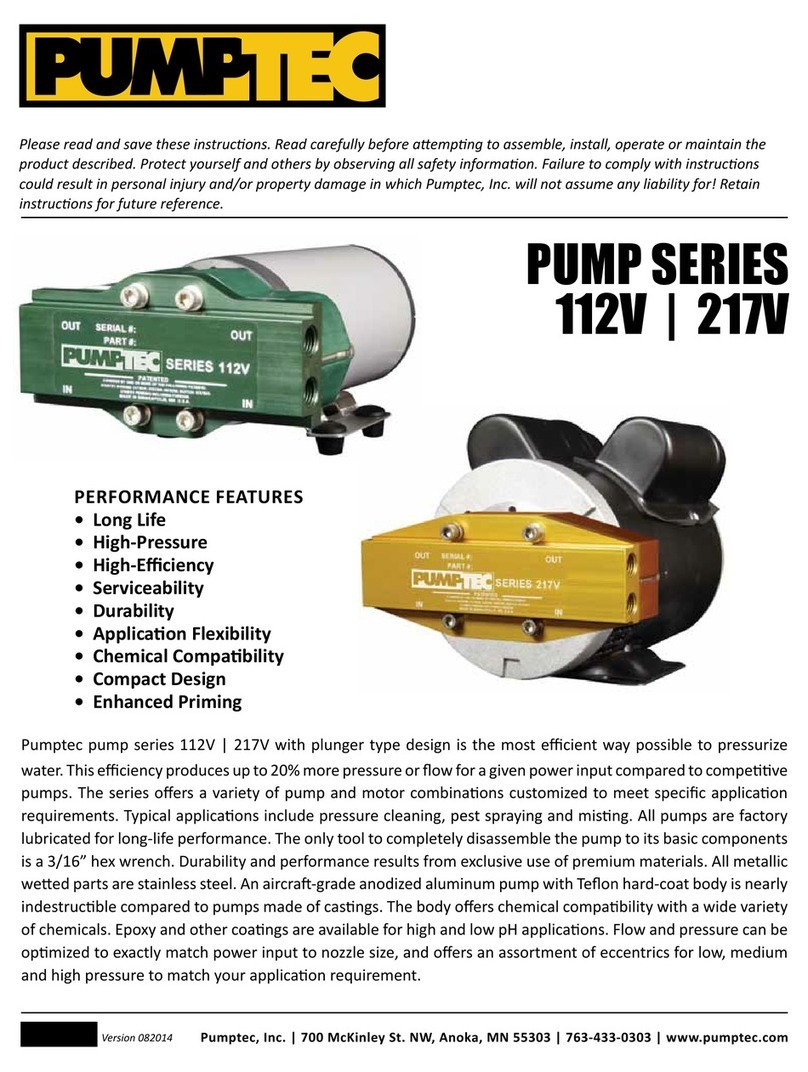
Pumptec
Pumptec 112V Series Operating instructions and parts manual
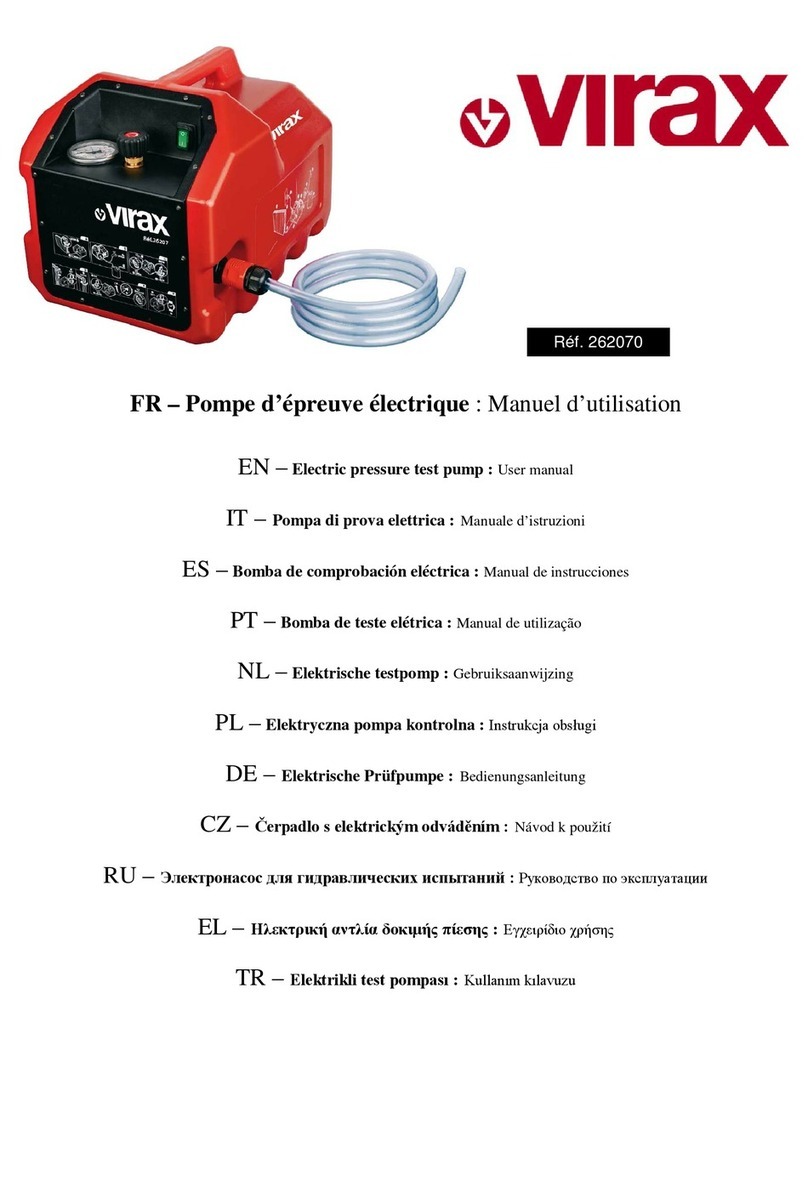
Virax
Virax 262070 user manual
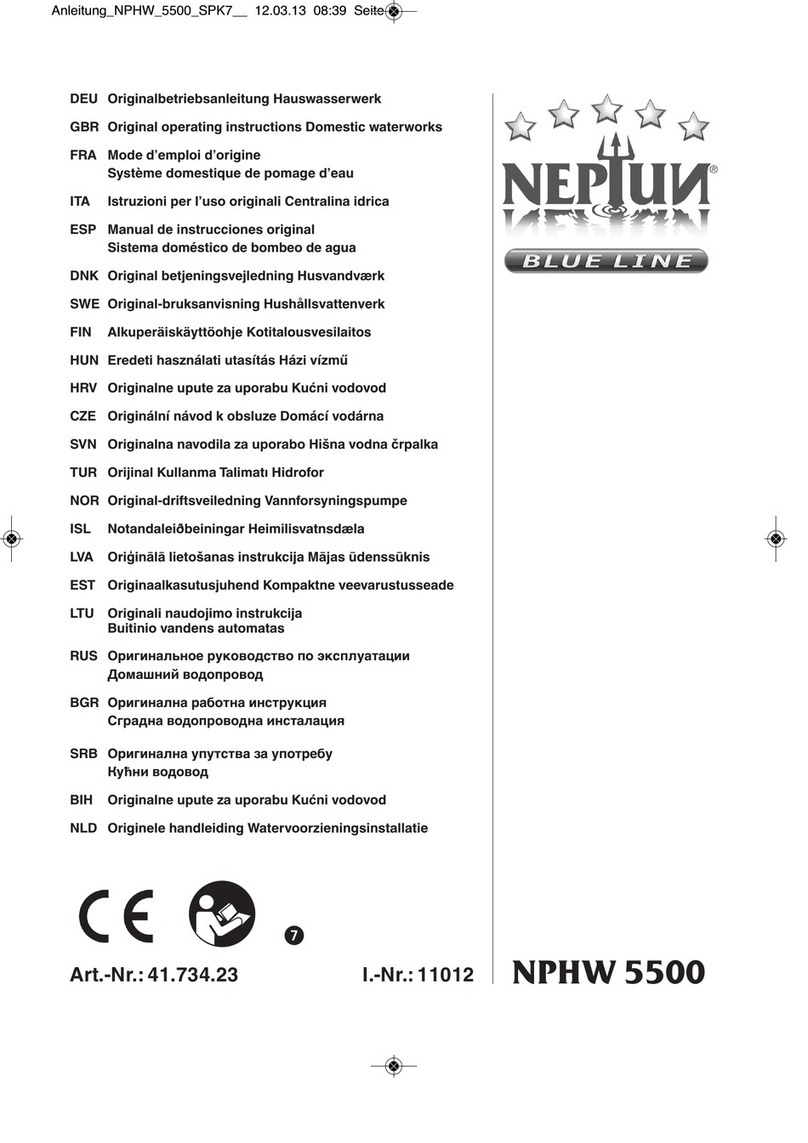
Neptun
Neptun NPHW 5500 operating instructions

Sensidyne
Sensidyne Gilian BDX-II Operation & service manual

